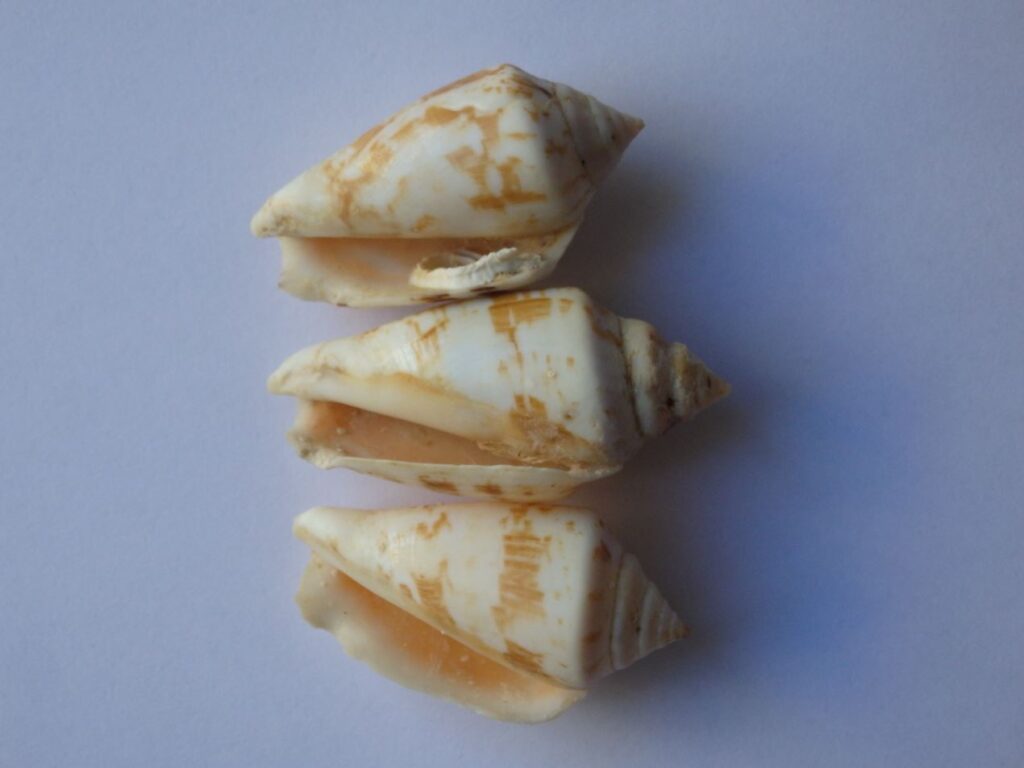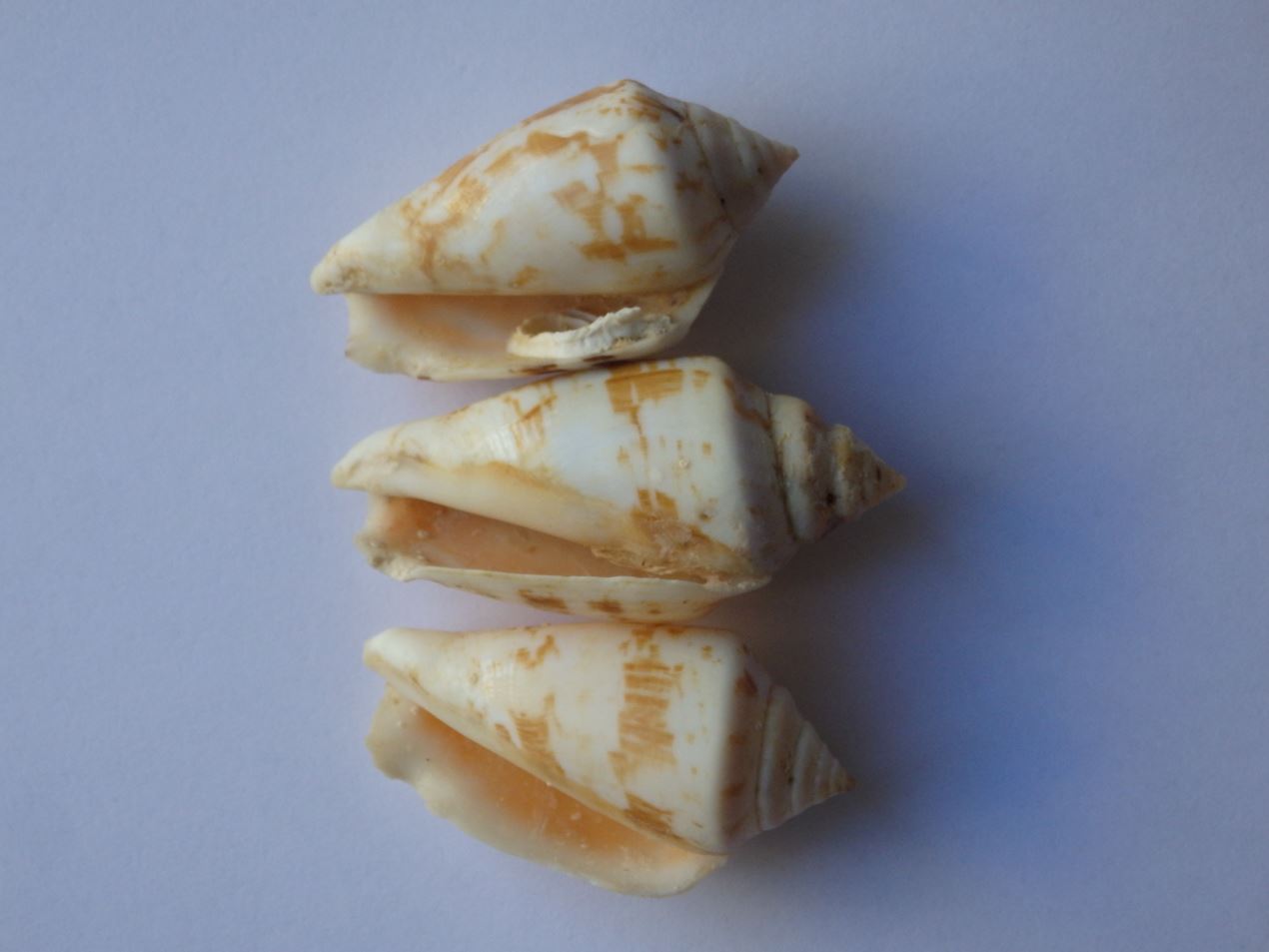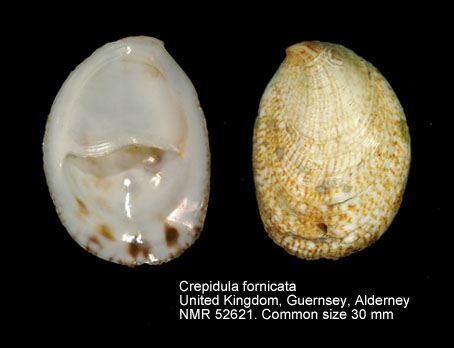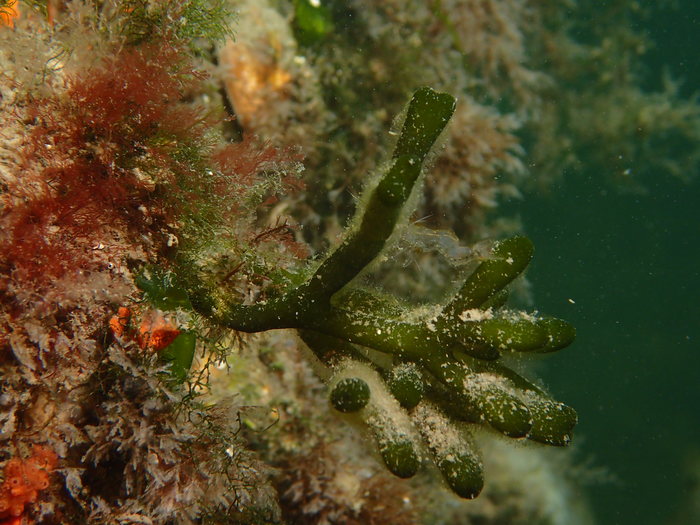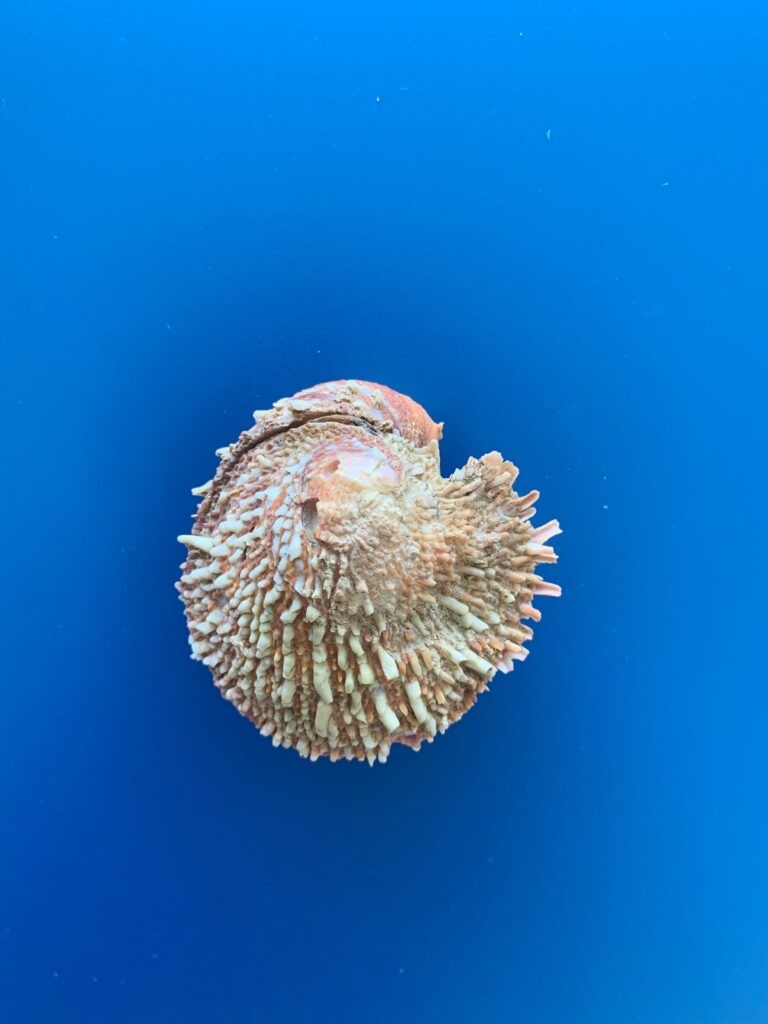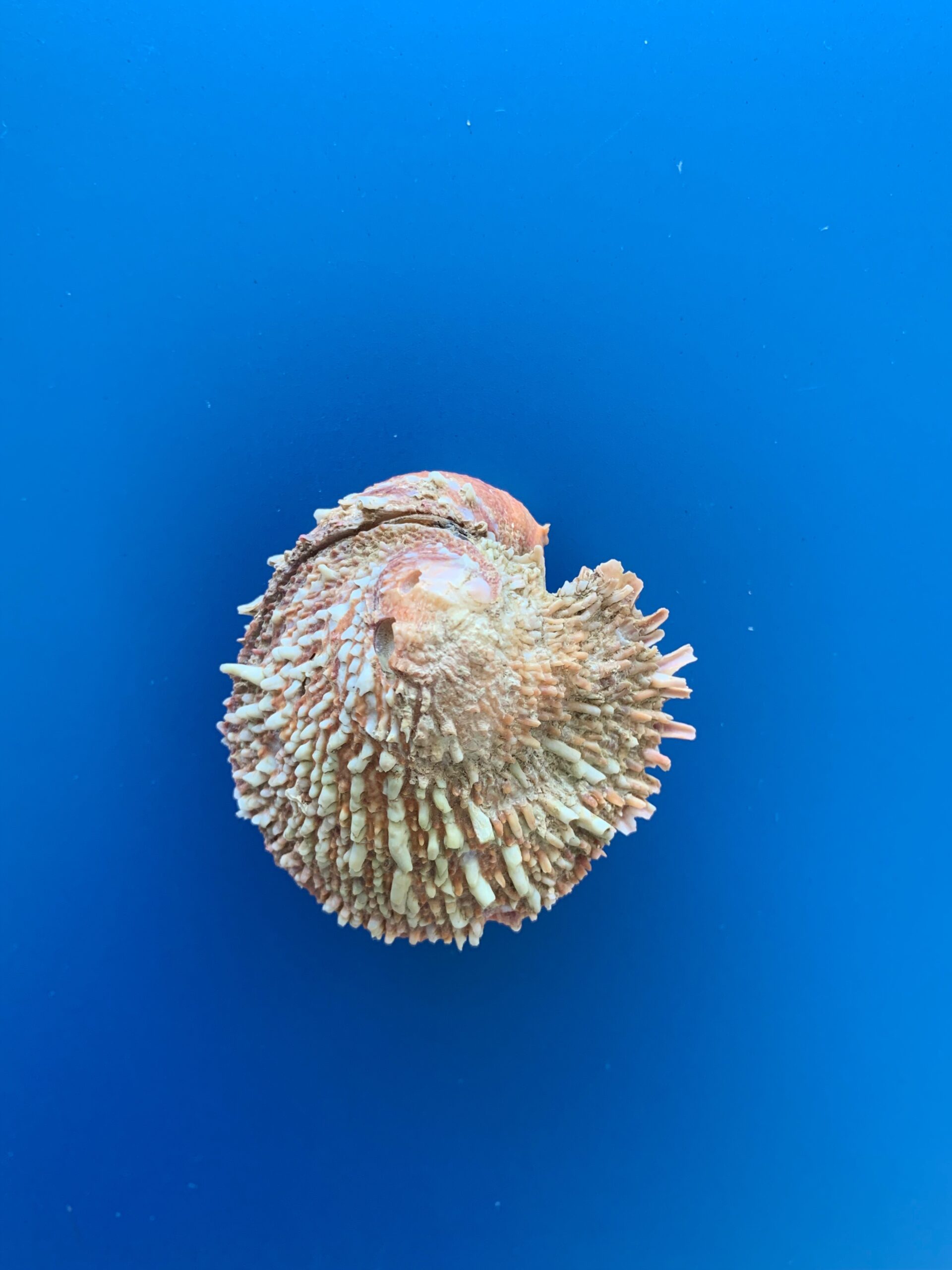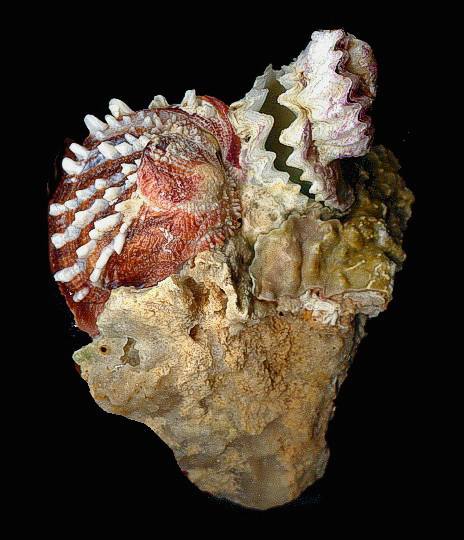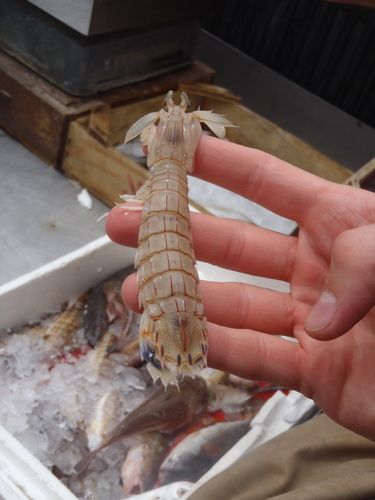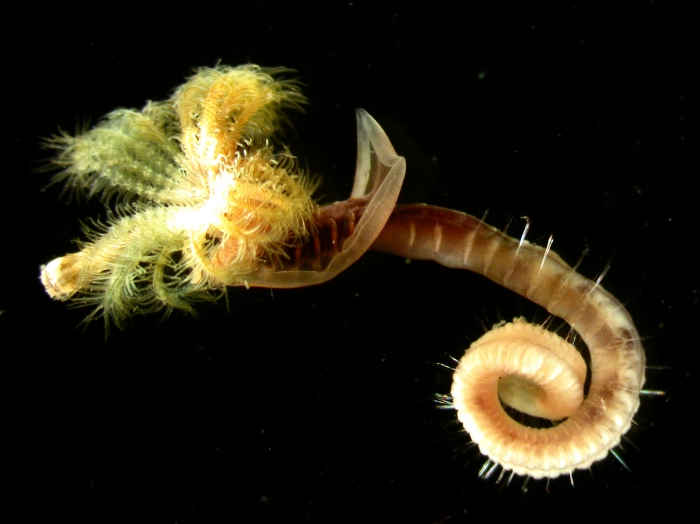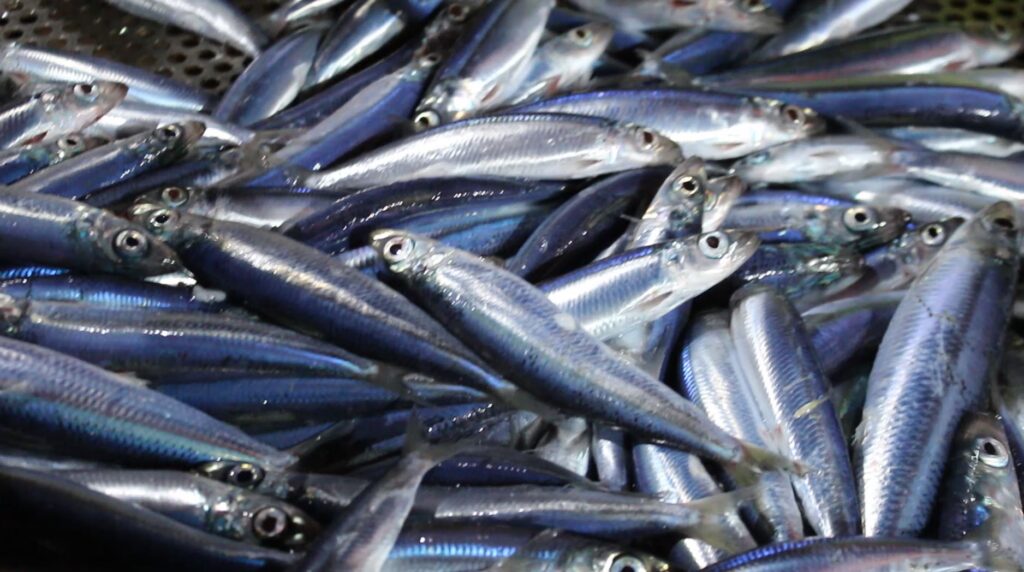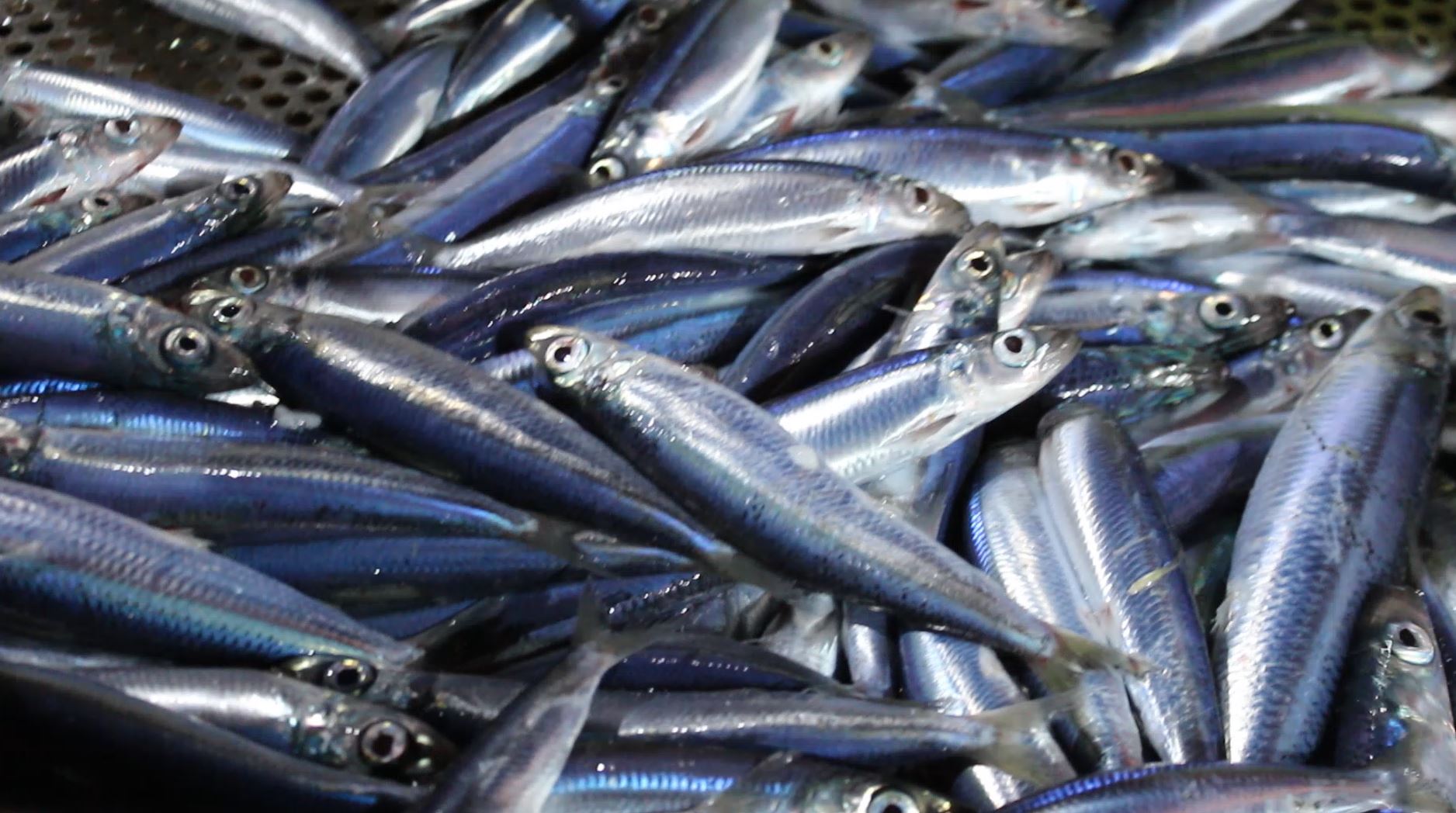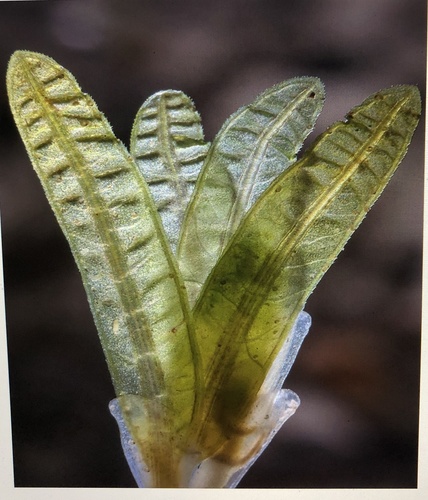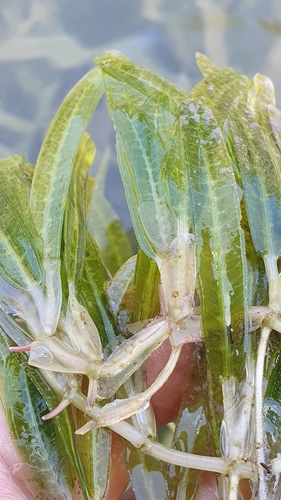Callinectes sapidus
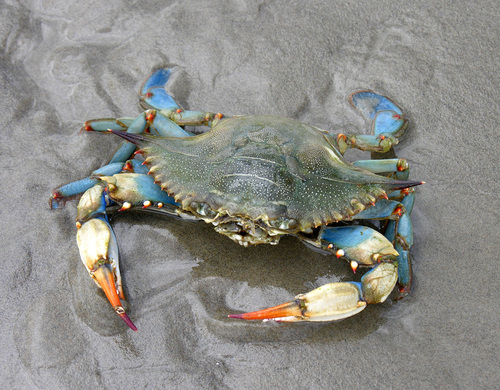
Callinectes sapidus Rathbun, 1896
Body almost twice as wide than long, ornamented with teeth in the front and two prominent lateral spines. Claws elongated. Two last segments of the fifth legs are flattened to paddles. Colour greyish, bluish to brownish green, with lighter coloured to pinkish tints.
Serbetis, C. (1959). Un nouveau crustace commestible en mer Egee Callinectes sapidus Rath. (Decapod brach.). General Fisheries Council for the Mediterranean (GFMC) Proceedings and Technical Papers 5: 505-507.
1947
TS
Bluecrab
Lives in a wide range of environments, but more often seen in estuaries. Capable of swimming, but also burrows in muddy-sandy bottoms. Reaches sizes of ≈20 cm. An omnivore that is active and abundant in shallow habitats. Highly cannibalistic.
High ecological impact is expected on coastal ecosystems, by competition or predation.
It is considered to affect seagrass communities, by feeding on seedlings and live plant, bioturbation and unrooting.
Very aggressive, but there are no official reports on humans being injured. The species is a commercial one. Yet, it is responsible for destruction of fishing gear and fish being caught on nets. Moreover, it preys upon other exploited species thus leading to reduced catches.
Yes
Yes (aggressive behavior)
Records of Callinectes sapidus
Sites where Callinectes sapidus has been recorded in the Hellenic Sea.
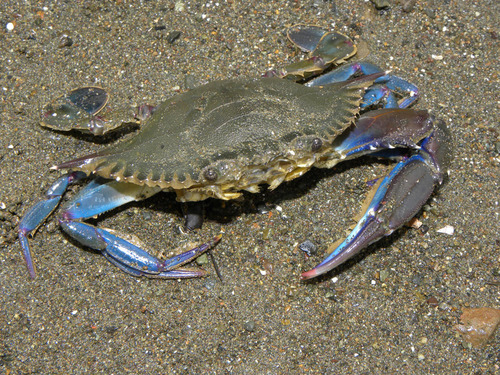

Callinectes sapidus Read More »

